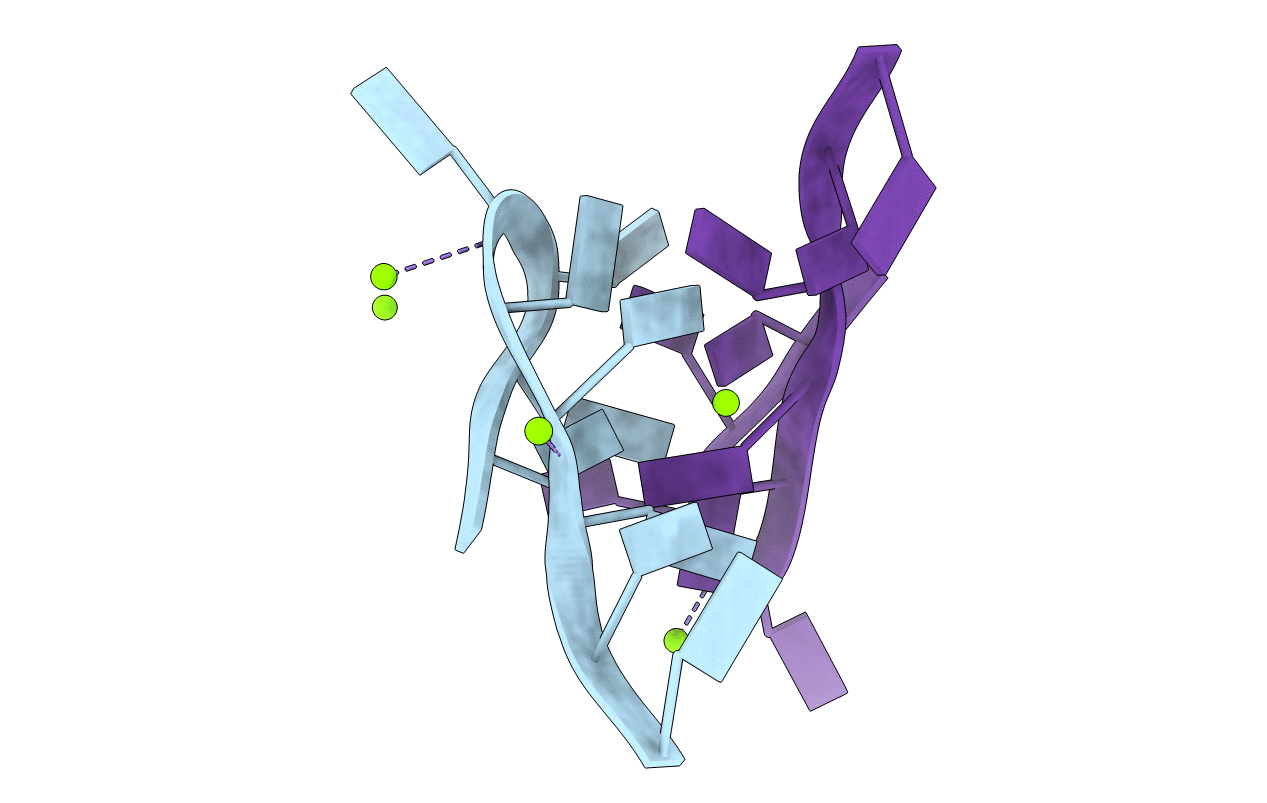
Deposition Date
2018-08-30
Release Date
2018-11-14
Last Version Date
2024-03-13
Method Details:
Experimental Method:
Resolution:
1.05 Å
R-Value Free:
0.13
R-Value Work:
0.10
R-Value Observed:
0.10
Space Group:
I 1 2 1


